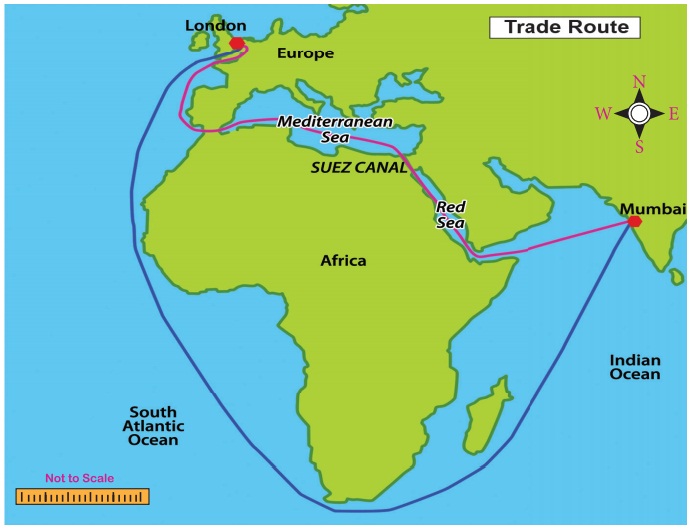Development of Industries in India | Chapter 6 | History | 8th Social Science - Decline of Indian Industries | 8th Social Science : History : Chapter 6 : Development of Industries in India
Chapter: 8th Social Science : History : Chapter 6 : Development of Industries in India
Decline of Indian Industries
Decline of Indian Industries
a. Loss of Royal Patronage
The British conquest transformed
Indian economy (self-reliant) into colonial economy.
As the British conquered the Indian
territories one after another, the native rulers, the nobles and the landlords
lost their power and prosperity. The demand for the fine articles to be
displayed in durbars and other ceremonial occasions disappeared. As a result,
the craftsman who were patronised by these rulers lost their importance and
became poor. For generations, these craftsmen had been practicing their craft,
and they did not possess any other skills. So they had to work as labourers in
fields to meet their daily needs. This change resulted in increased pressure on
agriculture and there was large-scale under-employment in agriculture. The
substitution of commercial food crops in agriculture ruined the Indian
agro-based industry. The splendid period of indigenous handicraft industries
came to an end as the political influence of the East India Company spread over
various parts of the country.
b. Transition from producer to exporter of raw
materials
Indian handicrafts that had made the
country famous, collapsed under the colonial rule. This was mainly due to the
competition posed by the machine-made goods that were imported from Britain by
the British rulers. The ruling British turned India as the producer of raw
materials for their industries and markets for their finished products.
Moreover, the railways and roadways introduced by the British facilitated the
movement of finished products to reach the remotest parts of India and the
procurement of raw materials from these parts.

c. Competition of Machine-Made Goods
Textile was the oldest industry in
India. The highly specialised skills of Indian weavers and the low production
cost gave a tough competition to the European manufactures. It led to the
invention of cottongin, flying shuttle, spinning jenny and steam engine in
England, which made the production of textiles on large scale. India became the
market for the finished products of Britain. As a result, peasants who had
supplemented their income by part-time spinning and weaving had to now rely
only on cultivation. So they lost their livelihood. Moreover, the Indian goods
made with primitive techniques could not compete with industrial goods made in
England.

The Drain Theory of Dadabai Naoroji
Dadabai Naoroji was
the first to acknowledge that the poverty
of the Indian people was due to the British exploitation of India’s
resources and the drain of India’s wealth to Britain.

d. Trading policy of the British
All the policies implemented by the
British government in India had a deep impact on India’s indigenous industries.
Free trade policy followed by the East India Company compelled the Indian
traders to sell their goods below the market prices. This forced many craftsmen
to abandon their ancestral handicraft talents. East India Company’s aim was to
buy the maximum quantity of Indian manufactured goods at the cheapest price and
sell them to other European countries for a huge profit. This affected the
traditional Indian industry. The British followed the policy of protective
tariffs that was much against the trading interests of India. Heavy duties were
charged on Indian goods in Britain,but at the same time, the English goods
entering India were charged only nominal duties.

e. De-Industrialisation
During the first half of 19th
century western countries were experiencing industrialisation, India suffered a
period of industrial decline.
The process of disruption of
traditional Indian crafts and decline in national income has been referred to
as de-industrialisation.
The Indian domestic industry could
not have withstood foreign competition, which was backed by a powerful
industrial organisation, big machinery, large-scale production. The difficulties in Indian industries was
complicated further by the construction of Suez Canal, because of which
transport cost was reduced, which made the British goods cheaper in India. The
main cause for the decline of handicraft industry was the greater employment
opportunities and income-generating effect of the modern factory.
Related Topics